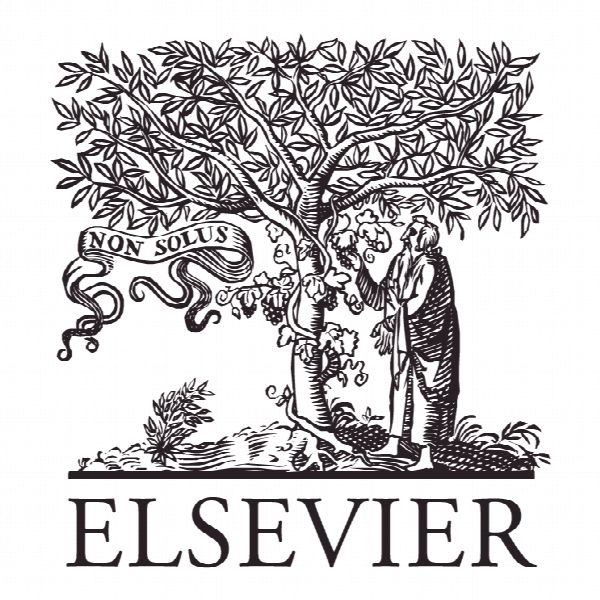روش MOORA فازی یکپارچه و تکنیک FMEA برای انتخاب تامین کنندگان پایدار با توجه به کاهش کمیت و ریسک تامین کننده An integrated fuzzy MOORA method and FMEA technique for sustainable supplier selection considering quantity discounts and supplier’s risk
- نوع فایل : کتاب
- زبان : انگلیسی
- ناشر : Elsevier
- چاپ و سال / کشور: 2018
توضیحات
رشته های مرتبط مهندسی صنایع
گرایش های مرتبط لجستیک و زنجیره تامین
مجله تولید پاک – Journal of Cleaner Production
دانشگاه Master Student – Babol Noshirvani University of Technology – Iran
شناسه دیجیتال – doi https://doi.org/10.1016/j.jclepro.2018.04.167
منتشر شده در نشریه الزویر
کلمات کلیدی انگلیسی Sustainability, Supplier selection, Order allocation, FMEA, Quantity discount, Fuzzy MOORA
گرایش های مرتبط لجستیک و زنجیره تامین
مجله تولید پاک – Journal of Cleaner Production
دانشگاه Master Student – Babol Noshirvani University of Technology – Iran
شناسه دیجیتال – doi https://doi.org/10.1016/j.jclepro.2018.04.167
منتشر شده در نشریه الزویر
کلمات کلیدی انگلیسی Sustainability, Supplier selection, Order allocation, FMEA, Quantity discount, Fuzzy MOORA
Description
1. Introduction In the competitive business environment, companies seek to create competitive advantages by utilizing data management, knowledge management. Supply chain management has an important role in handling this issue. Moreover, in the field of the supply chain (SC), supplier selection is a strategic decision. Supplier selection is a process of taking the best suppliers with right price and quality at the right time and quantity (Ayhan and Kilic 2015). Researchers estimated that more than 60 percent of production costs relates to purchasing raw material from the suppliers (Krajewsld and Ritzman 1996). Supplier selection has great influence on the strategic and operational performance of an organization. Furthermore, good suppliers can reduce the production and inventory costs, improve the quality, flexibility and consequently satisfy customer expectations (Çebi and Otay 2016). Many aspects such as considering qualitative and quantitate criteria for various factors such as globalization of trade, government regulation, and changing customer preferences makes the supplier selection as a complex decision (De Boer et al., 2001). Moreover, sustainability was introduced as a widespread concept to integrate environmental, social and economic issues. Sustainability is defined as “satisfy the needs of the current generation without limiting next generation” (Özdemir et al., 2011). Since the first step in production is purchasing raw materials from suppliers, therefore ranking and selecting suppliers based on the sustainability indices is one of the important and strategic decisions on the way of sustainable supply chain. The sustainable concept in the supplier selection problem was introduced in 2010 by Bai and Sarkis. To rank suppliers, researchers considered the sustainability of supplier as a positive score and proposed some multi-criteria decision making (MCDM) methods. However, risk issue is not considered by most cases in a sustainable supplier selection problem. Suppliers with acceptable performance in sustainability factors may face various risks. For instance, consider a supplier with a fair price in most of the time, however, because of an unstable situation in supply chain, the costs raise 30 percent from the nominal price. In the previous works the overall performance of a supplier is considered and risks such as increasing the selling price is not incorporated in the model. Therefore, considering the risks along with other factors is essential to obtain a widespread view about a supplier. Moreover, FMEA is one of the well-known technique for risk analysis. FMEA usually used as a risk analysis tool to design a process with better product reliability (Anleitner, 2010 and Carlson, 2012). In the competitive environment, new sales policies encourage the consumer to buy more. A common type of sales policy is quantity discount. To have more realistic model these discounts are considered in the proposed mathematical models in the literature. Mainly, there are three types of price offers from the supplier: all unit discounts, incremental discounts and fixed price. For all units discount, the constant price for an item applies to all units ordered. Fig 1 shows the calculation of total purchasing costs according to all unit discount in which ci is the price of the product and Xi is the amount of purchased items.


